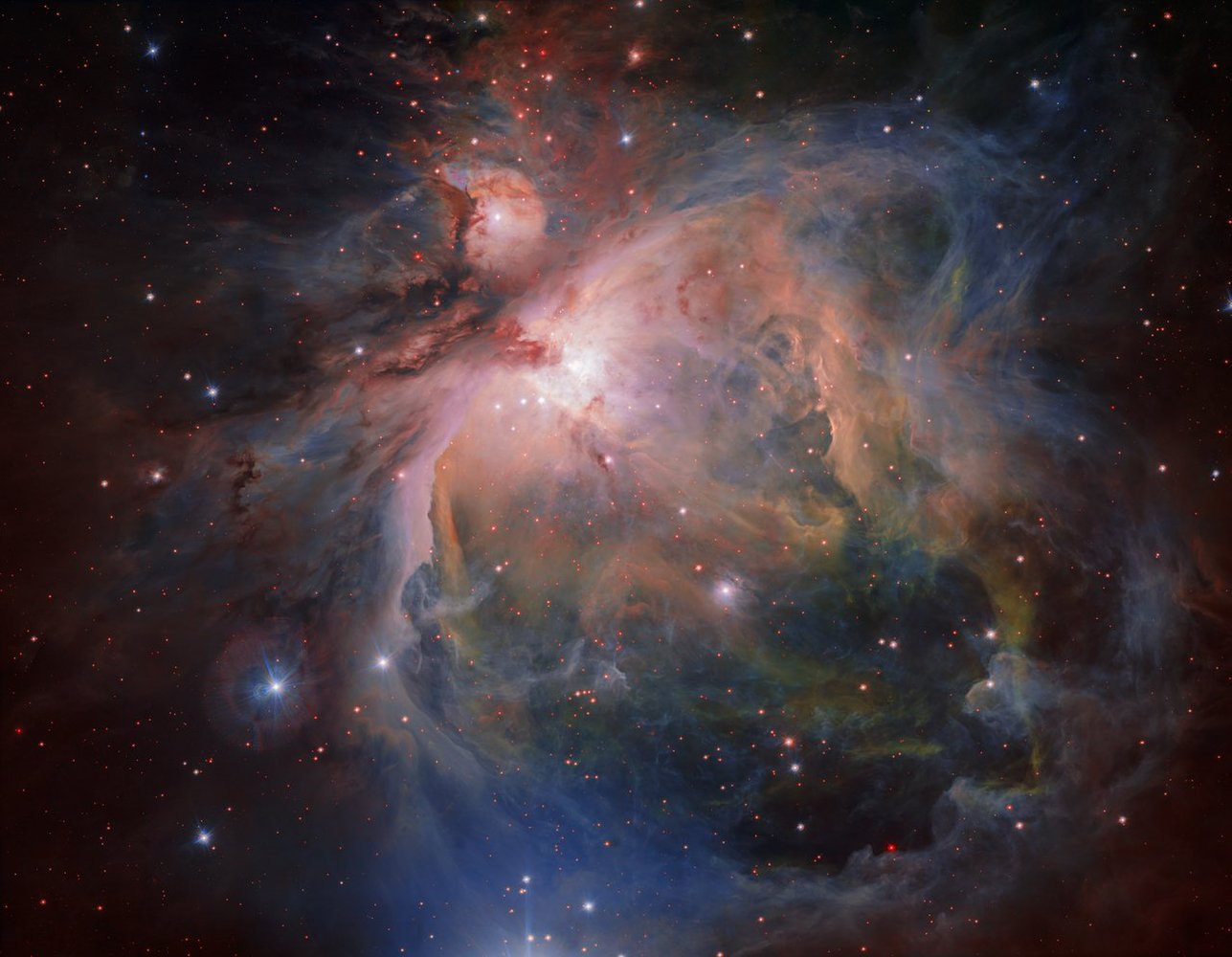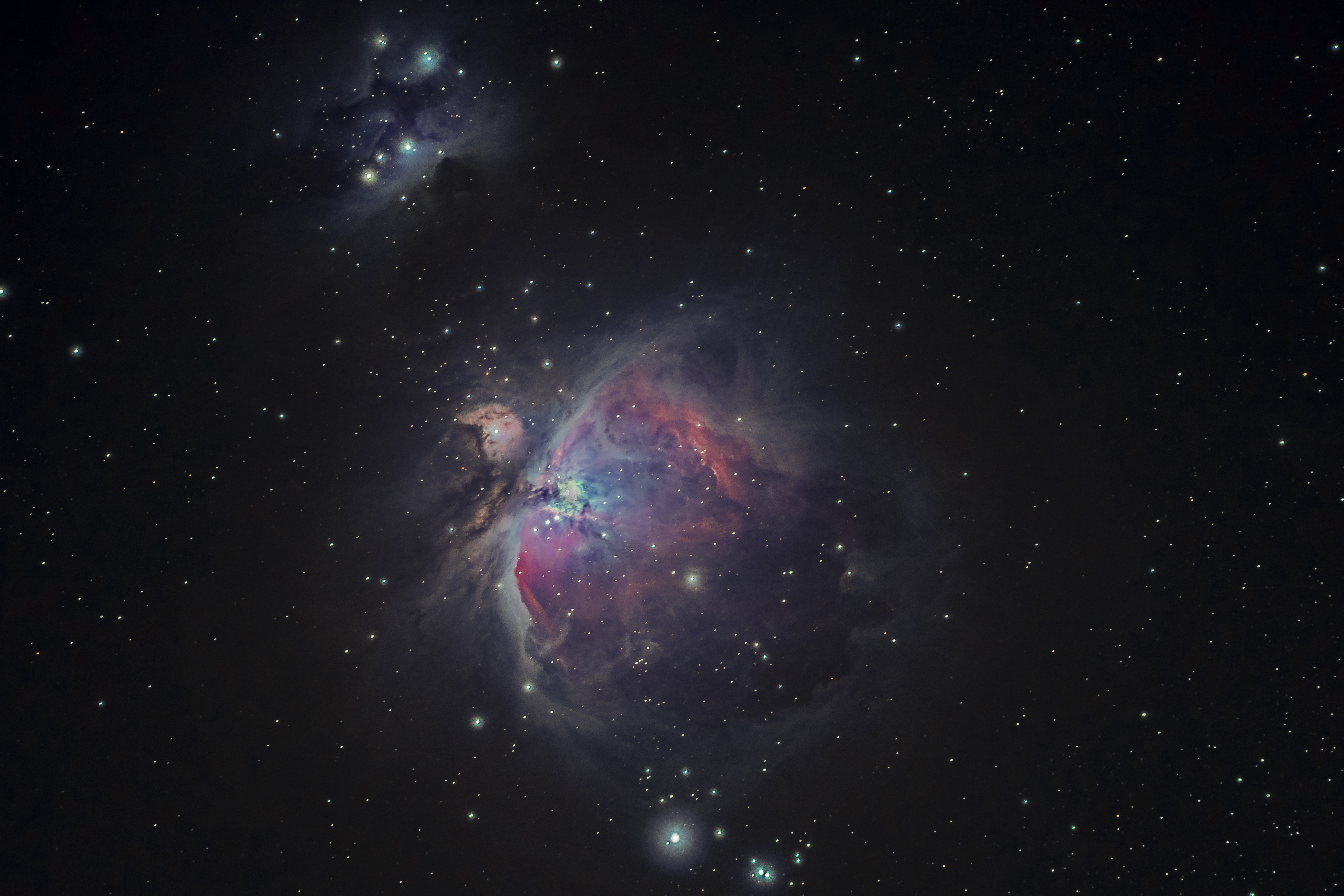
Here is an edge-on illustration of our Milky Way Galaxy. (Keep in mind that the disk actually stretches quite a bit farther out from the budge than is apparent in this illustration. Proportionally, its full diameter makes its thickness less than that of a pizza crust.)
What if I asked you to imagine what that central bulge would look like to us–lifeforms living inside the galaxy? What would you imagine?
Perhaps you’d imagine looking inwards toward a glowing ball of light. Perhaps you’d imagine a region of our sky unusually thick with stars and interstellar clouds. Or perhaps you’d imagine something entirely different.
But…would you imagine this?
Continue reading
